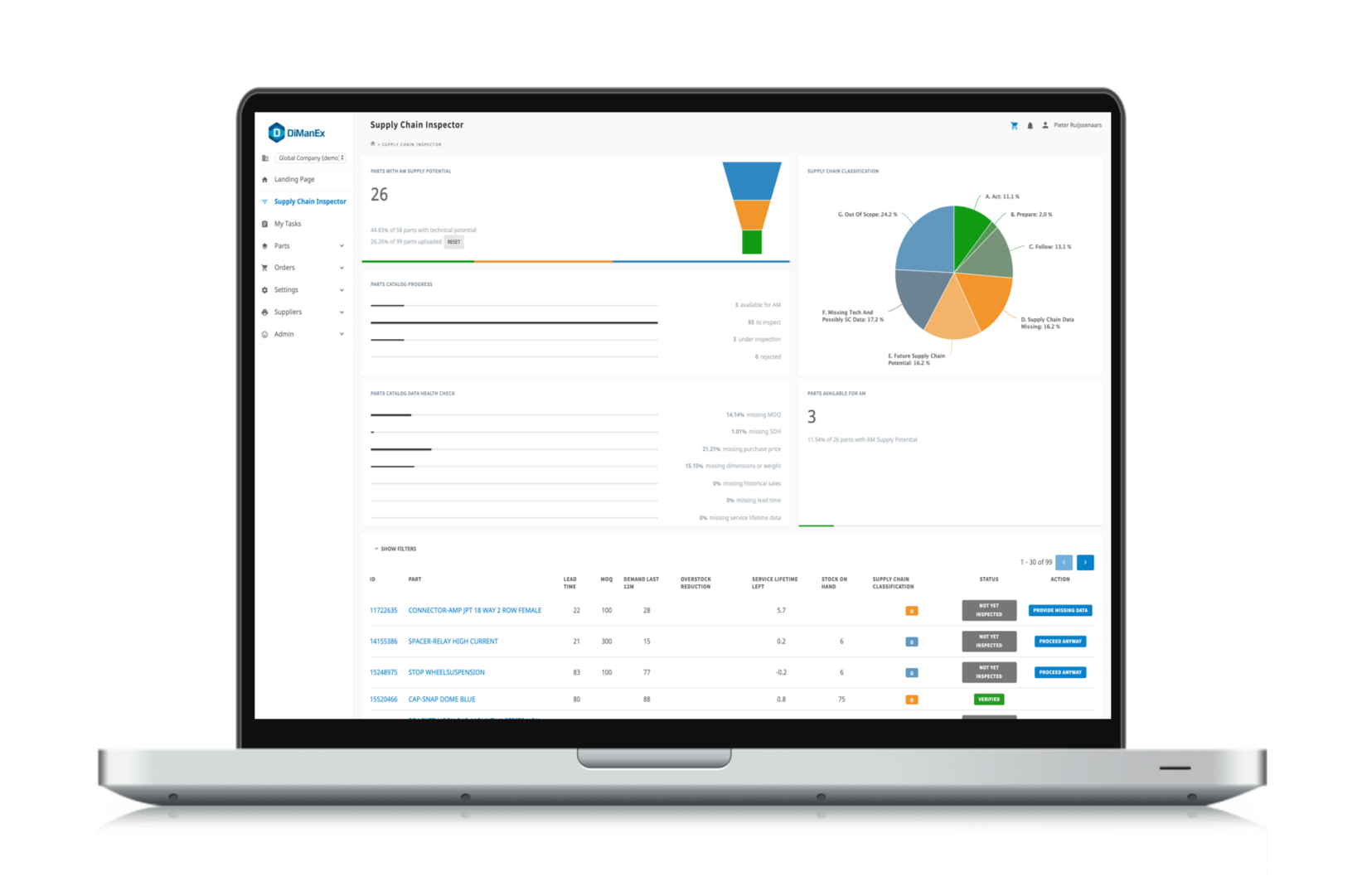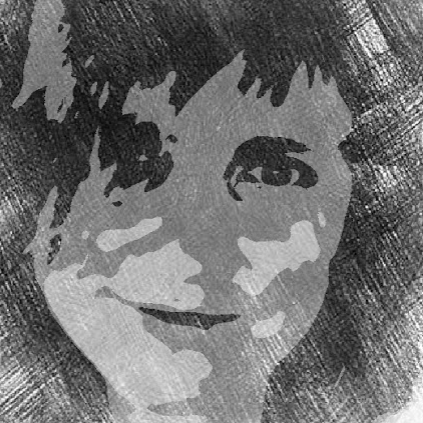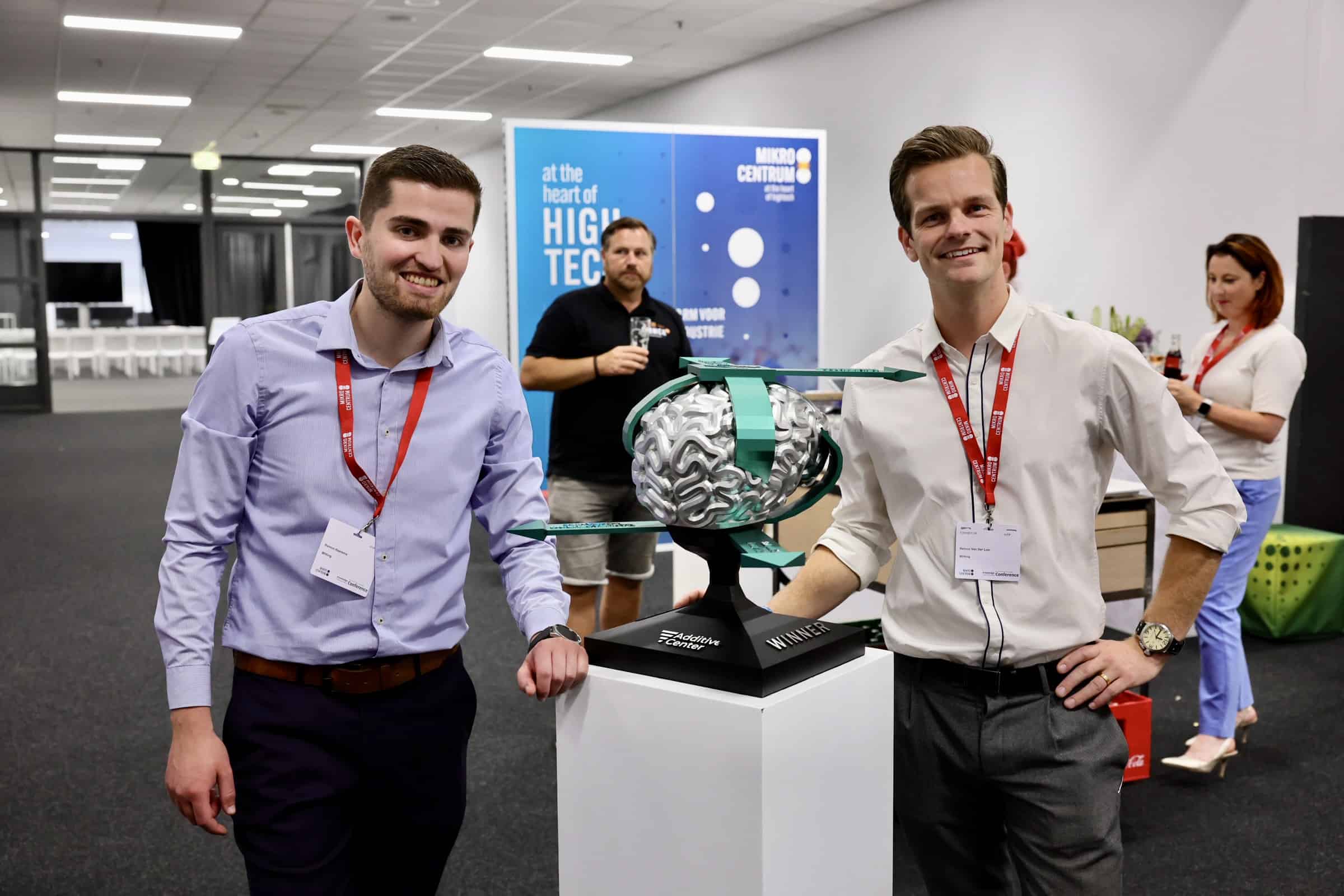
Utrecht-based start-up DiManEx offers a digital platform that allows large producers of machines such as electronics manufacturers and the transport industry to order spare parts. These are not located somewhere in a warehouse where someone has to dig out that one small cap out of that particular box. No, DiManEx has a library of sorts where all the designs of a customer’s machine parts can be stored digitally. That means a 3D printer in the network can manufacture them anywhere in the world, according to Pieter Ruijssenaars, co-founder of DiManEx.
Why did you set up DiManEx?
“We wanted to offer a solution for large companies that need to supply machine parts because they are contractually obliged to do this for their customers, for example. Consider manufacturers of milking machines, copiers, and so on. We have about twenty customers, including NedTrain, the Ministry of Defense and Schneider Electric. Up until now, they have had to keep their spare parts in a warehouse somewhere, and take them out of there and transport them to the customer if that customer asked for them.
But with 3-D printing, that’s no longer necessary. The only prerequisite is that the part can actually be printed. The material used must be suitable for that, such as plastic or metal. Felt printing cannot be done. So we don’t deliver parts like that. Some parts are best made in China, like a certain kind of screw, if you need a lot of them. The intelligence the platform uses also sorts out that kind of thing. So companies that order parts from us don’t have to store them. They also don’t have to keep more stock than the customers ultimately need, and they don’t have to incinerate any surplus stock. That reduces the use of materials and is more sustainable and efficient than when you eventually have to dispose of part of your stock. ”

What was the greatest obstacle that you had to overcome?
“There are two of them. On one hand, companies have to be willing to adopt the 3D printing of parts. Our customers must learn to accept that the quality of a part made by a 3D printer is as good as that of a part made in a traditional way. On the other, our customers have to be able to adapt. They need to learn how to order 3D printed parts more effectively.
Exactly what they need to learn can involve very trivial things. Like the fact that a buyer is charged for cost reduction and that they calculate that cost reduction per purchased part. If you buy a 3D printed part, that’s likely more expensive per piece than when you buy a large stock from China. But if it turns out that you have to throw away a large part of that inventory because it turns out to be redundant, and that you incur costs to store and transport those parts … Well, you then end up paying more per piece than what was originally calculated. How the cost per spare part is calculated therefore has to change within that company.”
What has been the biggest breakthrough so far?
“That was when we got the NS (Dutch national rail service, ed.) as a customer three years ago and it is still a customer. They had a huge problem back then. In the train’s cockpit there’s a steering lever with a frame around it. That frame had to be replaced but the supplier of that frame had dropped out. A number of trains came to a standstill as a result. We redesigned, tested, printed and delivered that frame. Another breakthrough was that our digital platform was given a specified quality standard. Which made it good enough to serve the market across the board. We continue to improve that platform. But at a certain point you get to a level where you just know that it works well.”
What can we expect from DiManEx over the coming year?
“Our customers often have a portfolio of between 250,000 and 2 million spare parts. The more of these you can print, the more attractive that is for us. Our model is all about volume. We are paid per spare part. The more spare parts we print, the more we earn as a company. That’s what we’re focusing on this year.”
What do you expect to achieve in five years’ time?
“By then, it will be all about AI and machine-learned data. We get a lot of data from customers about the spare parts they order and the materials they are made of. We do something with that, in terms of intelligence. This creates new data. Which is very interesting for other companies. They want to see how much is printed where, how a 3D printed material holds up to a material that is traditionally used. The more we know about that, the more valuable our information becomes for other customers.”

Read more IO articles on start-ups here.








